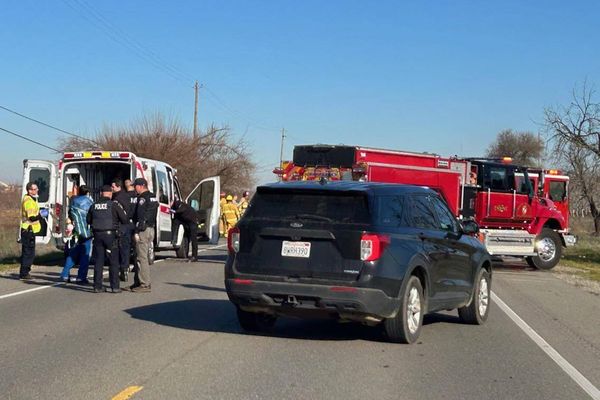A Dumfries duo have taken up the challenge of designing wheelchair accessible electric cars for thousands of disabled motorists.
Supercar designer 68-year-old Ian Callum, who created an Aston Martin featured in a blockbuster 007 film, secured the commission with the UK’s mobility scheme.
And he has given fellow Doonhamer Zoe Graham the opportunity of a lifetime to come up with a prototype set to be unveiled in late autumn.
Her talents were recognised when she and other students took the chance of proposing solutions to the complex issue of providing accessibility and utilising internal space to make electric vehicles adapted for wheelchair users.
Dumfries-born designer Ian, who runs his own consultancy business, said: “This is an incredibly complex problem that needs to be addressed today to ensure that no one is left behind as the automotive industry moves towards its next electric evolution.”
Twenty-two-year-old Zoe started a paid placement this month at the firm’s Warwick facility which houses the latest in technology.
The fourth-year BEng student of product design engineering will work alongside Ian, who was awarded the CBE in 2019, and is famed for designing the Aston Martin car driven by Pierce Brosnan as James Bond in Die Another Day as well as other top cars.
Zoe and Yikuan Zhang, a student of automotive and transportation design at Coventry University who is also involved in the project, will be supported by Motability Operations – which supplies around 30,000 wheelchair accessible vehicle (WAVs) to
customers.
Ian, who designed the Aston Martin Vanquish, Vantage and DB9, Jaguar F-Type, F-PACE, XJ and I-PACE, added: “Both Zoe and Yikuan stood out for their understanding of the brief, their novel and creative ideas, and how well they were able to communicate
these.
“We are looking forward to working with them to develop a viable, scalable eWAV solution to drive further innovation in the field and support all motorists to make the transition to electric vehicles.”
Zoe said: “When I read the eWAV brief I felt inspired.
“It’s such an important and interesting design and engineering problem that could really benefit people.
“Even as a school child, I wanted to make robotic limbs for people with disabilities.
“I would like to use my skills to design products that continue to improve the quality of people’s lives.
“With my initial eWAV design, I wanted the user to have the best experience possible while also offering something cool that has the new-age, exciting feel that most electric cars have today.”
Motability Operations receives around 4,000 applications each year for the small and medium WAVs.
Chief executive Andrew Miller said: “Solving this problem is vital, so we can support our WAV drivers when they switch to an electric vehicle in the
future.”







